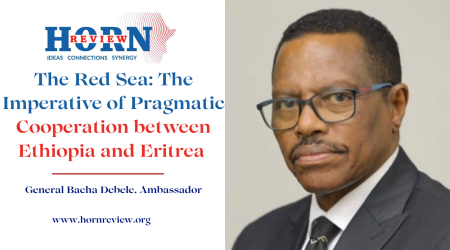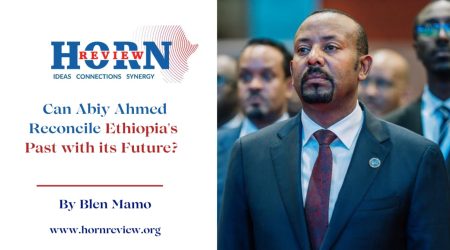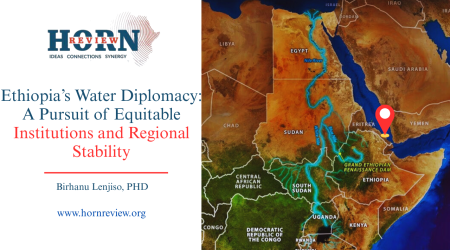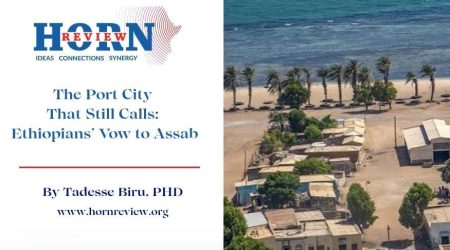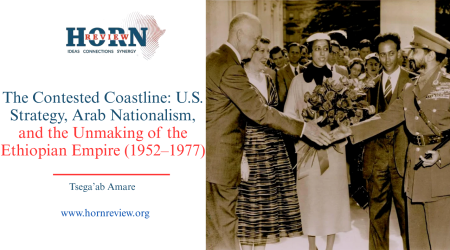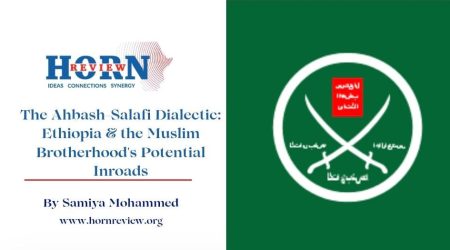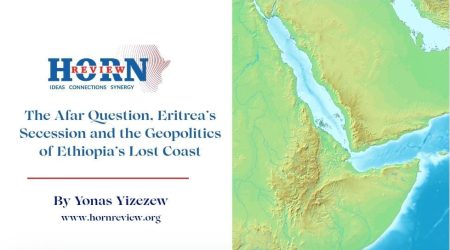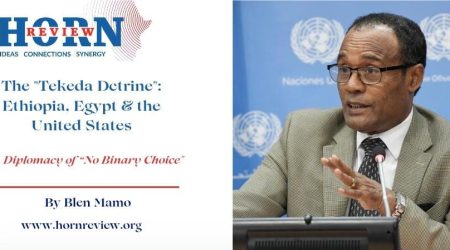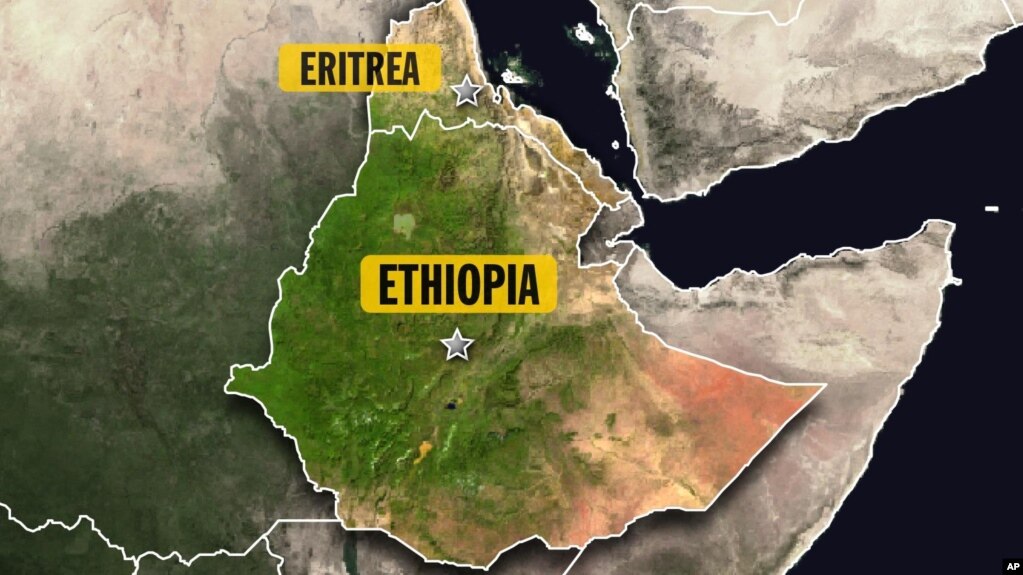
11
Jun
Ethiopia and Eritrea: A Fractured Relationship – What Went Wrong?
The relationship between Ethiopia and Eritrea is distinct in its complexity, shaped by a long history of unity, separation, and conflict. The trajectory of their bilateral ties has been marked by dramatic shifts – from cooperation to confrontation, and from peace to renewed suspicion.
Following Eritrea’s de-facto independence in 1991 and de-jure sovereignty in 1993, relations between the two nations oscillated between collaboration and estrangement. Initially, the camaraderie between the ruling movements – the Tigray People’s Liberation Front (TPLF) in Ethiopia and the Eritrean People’s Liberation Front (EPLF) – ushered in a brief “honeymoon” phase. However, this optimism was short-lived. In 1998, a devastating war broke out under the pretext of a border dispute. In reality, the conflict stemmed largely from a failure to effectively manage post-independence relations. This war left behind a protracted stalemate – a “no war, no peace” impasse that endured for nearly two decades.
A new chapter appeared to dawn on April 2, 2018, with the rise of Prime Minister Abiy Ahmed. In his inaugural address, he extended an olive branch to Eritrea, vowing to restore peace. This overture was met with a reciprocal gesture from Eritrean President Isaias Afwerki, and within months, the two leaders began an historic reconciliation. Prime Minister Abiy’s visit to Asmara on July 8, 2018, culminated in the signing of a peace agreement. President Isaias’s subsequent visit to Addis Ababa symbolized the restoration of diplomatic ties. Regional powers such as Saudi Arabia and the United Arab Emirates endorsed the peace process, awarding the two leaders and pledging support. In recognition of his efforts, Prime Minister Abiy was awarded the 2019 Nobel Peace Prize.
From the outset, Prime Minister Abiy articulated a vision for a deeper people-to-people connection and economic partnership with Eritrea. Efforts were made to translate the peace deal into tangible outcomes: telecom services resumed, Ethiopian Airlines flights to Asmara recommenced, embassies reopened, borders were temporarily reactivated, and movement of people and goods resumed. Ethiopia also dispatched volunteer doctors to Eritrea and facilitated exchanges of public diplomacy delegations. Although negotiations were held on three cooperation agreements, none were finalized. Nevertheless, the first anniversary of the peace accord in July 2019 was celebrated with a sense of cautious optimism.
This progress, however, was derailed by the eruption of the Tigray conflict. The TPLF’s pre-emptive assault on the Ethiopian National Defense Forces (ENDF), and its subsequent rocket attacks on Asmara, shifted the focus of both Addis Ababa and Asmara to military operations against a common adversary. Despite early military success, tensions soon emerged between Ethiopia and Eritrea, particularly regarding the presence of Eritrean forces in Tigray. While the ENDF reclaimed Mekelle swiftly, the Eritrean forces refused to withdraw, citing unfinished objectives – ranging from eliminating TPLF remnants to pursuing retribution.
Subsequent investigations by the United Nations and the Ethiopian Human Rights Commission revealed egregious human rights violations, implicating Eritrean forces more severely than others. The Eritrean government perceived Ethiopia’s cooperation with these investigations as a betrayal. The ENDF’s withdrawal from Tigray, announced as a humanitarian ceasefire, and its instruction for Eritrean forces to exit, deepened the rift between the two governments.
During the third round of the conflict, Prime Minister Abiy personally led military operations. As the ENDF advanced toward Mekelle, the federal government opted for peace talks, culminating in the Pretoria Agreement. This move infuriated Asmara, which viewed the agreement as a betrayal of shared wartime objectives and a return to Ethiopia’s pre-2018 posture.
Ironically, peace – which should have offered Eritrea a chance for recovery from the long-standing consequences of the 1998–2000 war – was met with hostility. Eritrea shifted to a strategy of subversion, providing military, technical, and political support to insurgent groups within Ethiopia, notably the Fano militia. Despite initially embracing peace, Eritrea never severed ties with these groups, instead treating them as strategic assets to pressure the Ethiopian government. As tensions escalated, Asmara escalated its support for Fano, eventually aiding it in launching an armed uprising against the federal government. Eritrean officers reportedly took up positions in cities like Bahir Dar and Gondar to direct operations. However, the Ethiopian government ultimately neutralized Fano’s urban strongholds, rendering the group a diminished insurgency. Eritrea’s proxy campaign collapsed.
In the aftermath, Ethiopia focused on stabilization and reconstruction efforts in Tigray, Amhara, and Afar, while also initiating long-overdue security sector reforms. These reforms, including the disbandment of regional special forces, sparked unrest – particularly in Amhara – exploited by external actors like Eritrea.
Meanwhile, Ethiopia raised the issue of maritime access, asserting it as an existential necessity. This announcement further strained relations with Eritrea. The subsequent signing of a Memorandum of Understanding with Somaliland intensified regional tensions, prompting an apparent alliance of convenience among Eritrea, Egypt, and elements within Somalia. However, this alliance quickly lost momentum following the Ankara Declaration, brokered by Türkiye, between Ethiopia and Somalia.
Today, Ethiopia has made significant strides in restoring stability in Amhara and Oromia, countering Eritrea’s covert interference. The Grand Ethiopian Renaissance Dam (GERD) nears completion, despite Egypt’s efforts to derail it through proxy conflicts. The last remaining strategic recourse for Asmara and Cairo appears to be an alliance with the TPLF, whose influence in Tigray is waning under public pressure to implement the Pretoria Agreement. This evolving axis – Asmara-Cairo-TPLF – has raised serious concerns among regional observers.
In stark contrast to the destabilizing maneuvers of others, Ethiopia has remained a key proponent of regional peace and economic integration. Its call for secure and sovereign access to the sea is not a belligerent agenda but a rational pursuit of regional interdependence and prosperity. The stability of the Red Sea and Indian Ocean corridor vital – for Ethiopia’s economic and security interests – is a shared regional responsibility. Denying Ethiopia’s legitimate maritime interests risks perpetuating instability.
Ethiopia’s peaceful maritime vision should be seen as an opportunity for mutual benefit – especially by coastal states like Eritrea and Egypt. Just as the Nile binds Ethiopia and Egypt in perpetual interdependence, Eritrea and Ethiopia are geographically and historically inseparable. Rather than investing in proxy conflicts, both nations would gain far more from cooperation and integration.
In conclusion, Ethiopia must persist in its constructive regional role, continue proactive diplomacy to advance its maritime aspirations, and bolster its defense capabilities in anticipation of any eventuality. The international community must also shoulder its responsibility to deter those steering the Horn of Africa into uncertainty and conflict.

